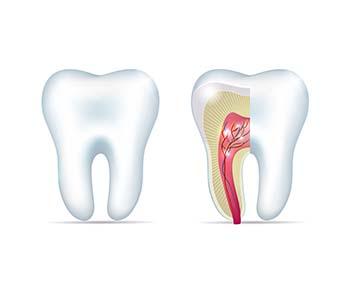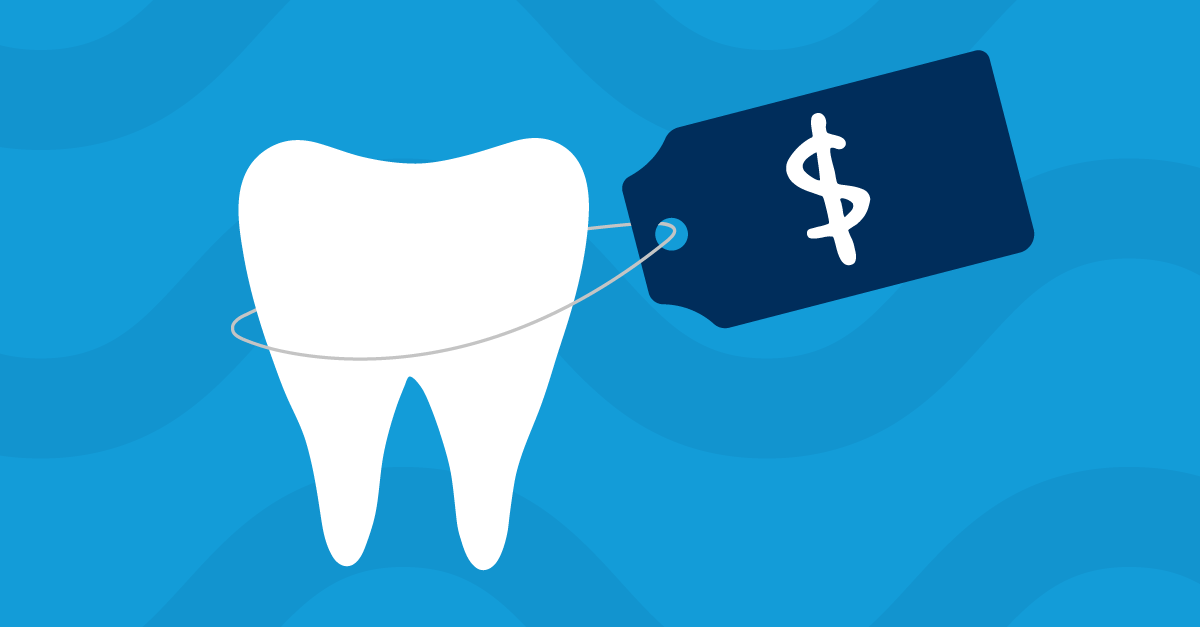Root Canals in Coral Springs, Florida
Have you ever heard someone joke that they would rather have almost anything done than a root canal? The truth is that this dental procedure shouldn’t cause you much pain as long as you choose the right dentist. Dr. Pedro Quesada has the experience necessary to help you feel comfortable and reduce your overall discomfort. You can trust him to help you relax during each appointment and when you need this type of procedure. Now is a good time to learn all about root canals in Coral Springs before you call for an appointment.
Dentistry Excellencey
What Your Teeth Consist Of
You may want to look at the different parts of the tooth to get an idea of why you need this type of treatment. The tooth consists of an enamel layer that covers the inner parts. Dentin is the harder layer that sits below the enamel and protects the pulp. The pulp contains all of the tissue in your tooth. When you develop a cavity, it creates an opening that allows food and other debris to reach the pulp, which then becomes inflamed. If the tooth is extremely damaged, the doctor will likely recommend a canal treatment.

Do You Need a Crown?

Not all patients who opt for the root canals treatment procedure require a crown. It often depends on how much pulp the dentist removes and the damage to your tooth. You may need this treatment done but still have a healthy amount of tooth left behind. In this situation, the dentist can do an ordinary filling with the material that you choose. This is typically only a temporary solution though. That filling may last for a few months to several years or longer. Even if you choose a crown, the dentist might recommend replacing it in the future.
 Not all patients who opt for the root canals treatment procedure require a crown. It often depends on how much pulp the dentist removes and the damage to your tooth. You may need this treatment done but still have a healthy amount of tooth left behind. In this situation, the dentist can do an ordinary filling with the material that you choose. This is typically only a temporary solution though. That filling may last for a few months to several years or longer. Even if you choose a crown, the dentist might recommend replacing it in the future.
Not all patients who opt for the root canals treatment procedure require a crown. It often depends on how much pulp the dentist removes and the damage to your tooth. You may need this treatment done but still have a healthy amount of tooth left behind. In this situation, the dentist can do an ordinary filling with the material that you choose. This is typically only a temporary solution though. That filling may last for a few months to several years or longer. Even if you choose a crown, the dentist might recommend replacing it in the future.
Signs That You Need a Root Canal
The biggest sign that you need this type of treatment is that you suffer from such extreme pain that you would do almost anything to relieve dental pain. Though you can use numbing agents and fill your mouth with clove oil, the pain, and inflammation that you experience will not go away on their own. Another sign that you need this treatment is that you feel severe pain when biting down on something or when you chew. You may find that your tooth hurts after coming into contact with something hot or cold and that the pain persists. Some patients also see dark spots below the surface of their teeth or around their gums and gums that hurt. Dentists often do this procedure on people who have cracked or otherwise damaged teeth, too.
Root Canal Aftercare
As long as you follow the aftercare directions of Dr. Quesada, you shouldn’t have any problems with your recovery. We recommend that you stick to liquids for a few hours or until your mouth no longer feels numb. The numbness from your anesthetic should wear off within a few hours of leaving the office. You can then incorporate solid foods into your diet that are soft and easy to choose such as pudding and lukewarm broth. Many patients find that they cannot eat hot soups or ice cream until the next day.
You usually receive prescriptions for both a painkiller and an antibiotic, which you can fill on your way home. The antibiotic reduces the risk of infection and keeps your mouth healthy, while the painkiller numbs your pain. Though you can still brush and floss, you may want to avoid brushing or flossing around the affected tooth. As with other dental procedures, you should avoid anything that increases your risks of developing a dry socket, including smoking and using straws. When you leave our office, we can make an appointment for your follow-up appointment. You’ll also receive a packet with detailed instructions on what to do and what not to do at home.
How is a Root Canal Treated?
Before getting root canals in Coral Springs, patients often want to find out more about the steps in the procedure. The first steps occur during your initial evaluation, which is when the doctor determines that you could benefit from the procedure. You will have x-rays taken to get a better look at your teeth. The dentist will also get your insurance information to bill your insurer or help you find out how much it will cost. You may have the option of paying for the procedure on credit, which allows you to get the help that you need now and make payments later.
During your appointment for the procedure, the doctor will check the tooth to make sure that it matches the x-ray and see if you need anything else done. You will receive a small amount of numbing gel before the dentist injects you with an anesthetic. Most patients find that the anesthetic kicks in immediately and that they feel nothing once the treatment starts. The doctor will likely use a dental dam to prevent tooth dust and other debris from filling your mouth or landing on your clothes.
This treatment usually takes around 90 minutes to perform. The dentist uses a special type of drill to remove the damaged areas of the tooth and expose the pulp. They will then use other tools to remove all of the damaged pulp that causes your pain. Dental files allow the dentist to file down any sharp or jagged areas of your tooth before irrigating the interior to remove excess debris. You will also receive a medication that the dentist applies to the tooth to reduce your risk of infection.
There are a few other steps that you need to know about before calling to make an appointment for affordable root canals in Coral Springs. The dentist will likely use dental cement or another type of adhesive with a temporary crown to protect the area and keep it safe. Having a temporary crown allows you to chew and talk without worrying about damaging your healing tooth. In most cases, the dentist will ask you to schedule a follow-up appointment for a permanent crown, which is the last step in the process.

Average Price of a Root Canal in South Florida
The cost that you pay depends on where you need the treatment. Incisors are among the cheapest teeth to repair but can still cost up to $1,000 or more. If you have a molar that needs treatment, you’ll spend up to $1,500 or more as the dentist needs to get deeper into your mouth. Patients with insurance can drop their costs to as little as $200 per tooth. Here at Quesada Dental, we can help you understand your costs and decide on the best way to pay.
Contact Our Office Today
The only thing scary about a root canal is what can happen if you don’t get one. You risk the pulp becoming more infected and causing you more pain. There is a serious chance that you might lose the tooth because you leave it untreated and the doctor cannot save it. No matter how you feel about your smile or the concerns on your mind, there is no time like the present to learn about your options and create a treatment plan. Call Quesada Dental today to schedule your first appointment.